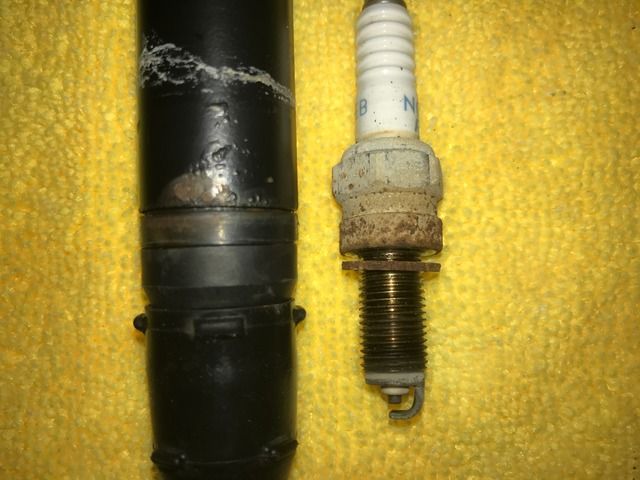Harry Dresden PI
New Member
Been waiting to do a throttle body sync and then decided I should change the air filter and spark plugs before doing a TBS on my 2014 ES S10 ... Got the OEM air filter and NGK plugs ...
After doing some searching of the world's best database (this forum) and the rest of the internet ... I still have a few questions before I replace my first set of spark plugs ...
1. Suggested to use a 6 point (not 12 point) 16 mm ... 5/8 inch spark plug socket with rubber not magnetic inserts to hold the plug (3/8" drive) ?
2. Should anti seize compound be used on the new spark plug thread ? ( reduce final torque by about 30% ? )
3. Blow out the area around the park plug holes before removing the old plugs ?
4. Should you use dielectric grease on the spark plug ceramic to help prevent corrosion and electrical arcing ?
Any other comments on spark plug changing ... air filter changing ... or TBS ... or tools .... would be welcomed or at least smiled at ....
After doing some searching of the world's best database (this forum) and the rest of the internet ... I still have a few questions before I replace my first set of spark plugs ...
1. Suggested to use a 6 point (not 12 point) 16 mm ... 5/8 inch spark plug socket with rubber not magnetic inserts to hold the plug (3/8" drive) ?
2. Should anti seize compound be used on the new spark plug thread ? ( reduce final torque by about 30% ? )
3. Blow out the area around the park plug holes before removing the old plugs ?
4. Should you use dielectric grease on the spark plug ceramic to help prevent corrosion and electrical arcing ?
Any other comments on spark plug changing ... air filter changing ... or TBS ... or tools .... would be welcomed or at least smiled at ....
